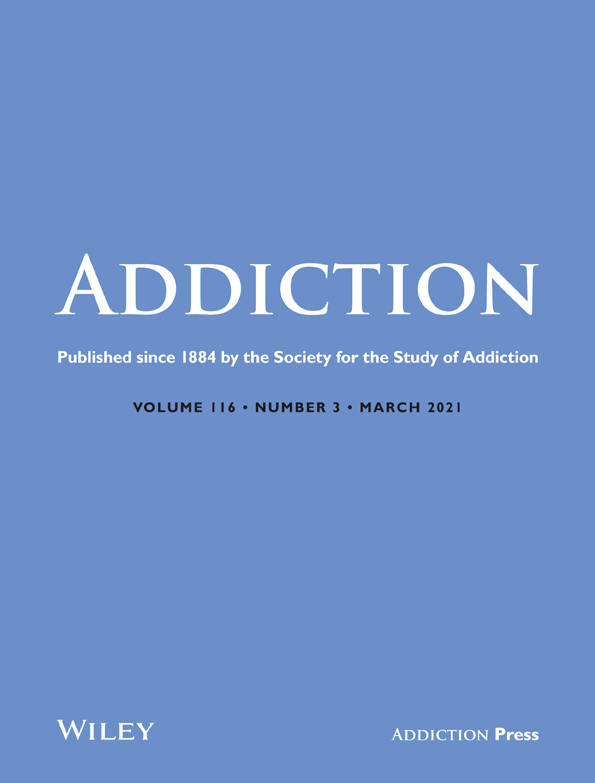Reporting of alcohol as a contributor to death in Australian national suicide statistics and its relationship to post-mortem alcohol concentrations
ABSTRACT
Aim
To describe the assignment of International Classification of Disease (ICD)-10 alcohol codes as underlying or contributory causes of death by the Australian Bureau of Statistics during mortality coding for suicides according to the blood alcohol concentration (BAC) detected at autopsy.
Design
Population-based case-series descriptive analysis.
Setting and participants
Data for all alcohol-related (Alc+) suicide deaths (aged 15+) in Australia from 2010–2015 (n = 3132) from the National Coronial Information System.
Measurements
Alc+ suicides were categorised as those with a post-mortem BAC ≥0.05 g/100 mL. The outcome variable was whether the case was assigned an ICD-10 alcohol code (F10.0–F10.9, R78.0, T51, X45 and/or X65). We estimated OR for the assignment of codes in Alc+ suicides using BAC as the key predictor. We also examined several covariates that have been implicated in the risk of Alc+ suicides.
Findings
An ICD-10 alcohol code was assigned during the mortality coding process in 47.6% (n = 1491) of Alc+ suicides. Higher BAC was associated with higher odds of having a code assigned; cases with a BAC over 0.20 g/100 mL over were twice as likely to have an alcohol code assigned (adjusted OR [AOR] = 2.06, 95% CI = 1.59, 2.67) compared with cases with a BAC of 0.050–0.075 g/100 mL. Compared with New South Wales, higher likelihood of code assignment was found in Northern Territory (AOR = 3.85, 95% CI = 2.32, 6.63) and Western Australia (AOR = 2.89, 95% CI = 2.27, 3.68). Compared with 15–24 year olds, 25–44 (AOR = 0.79, 95% CI = 0.63, 0.99) and 65–84 year olds (AOR = 0.63, 95% CI = 0.43, 0.93) were less likely to have a code assigned.
Conclusions
An ICD-10 alcohol code was not assigned as an underlying or contributory cause of death in over half of suicides in Australia (2010–2015) with a BAC ≥0.05 g/100 mL. The higher the BAC detected at autopsy, the more likely cases were to be assigned an alcohol code during the mortality coding process.




